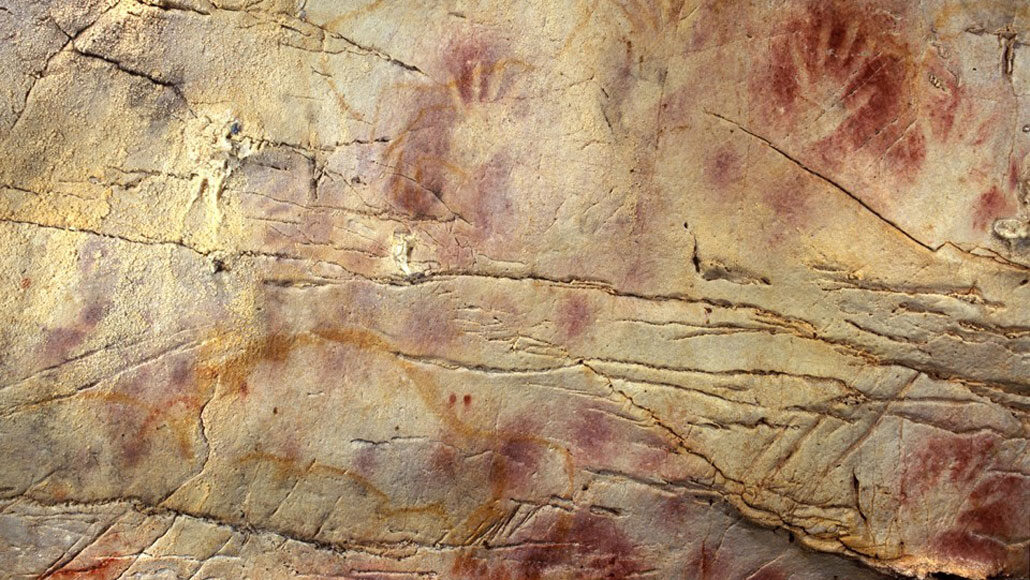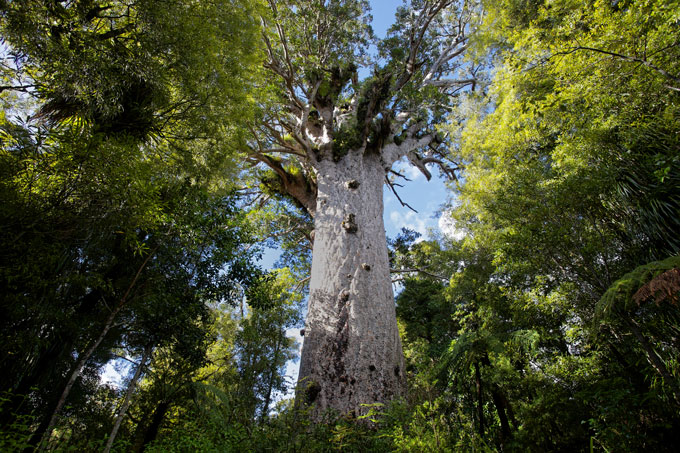By David Giles Global News
Posted October 7, 2021
WATCH: Saskatchewan Premier Scott Moe announced on Thursday that the province is pivoting it's COVID-19 response strategy. He said the government is enhancing the provincial Emergency Operations Centre and it will become a unified command centre with the Ministry of Health and the Saskatchewan Health Association.
Saskatchewan’s Provincial Emergency Operations Centre (PEOC) will now lead the province’s emergency management response to the COVID-19 situation.

PEOC will be responsible for the coordination and deployment of provincial supports for activities across multiple sectors.
It will also handle ongoing inventory management of staffing across the health-care system.
READ MORE: Saskatchewan patients waiting for life-saving surgeries, clarity from health officials
Premier Scott Moe said this will provide a better response to the pandemic.
“This is being done to better coordinate the pandemic response between government ministries and staff, ensure the right resources are in the right place at the right time and provide administrative support so health care workers can focus their efforts on providing the best possible care to patients,” Moe said.
“Responsibility for public health recommendations and orders will continue to be managed by the chief medical health officer, Dr. Shahab.”
PEOC will also disseminate critical updates for the public and establish normalized briefings through media availability.
No new COVID-19 restrictions for Saskatchewan amid 4th wave: Moe
Saskatchewan Public Safety Agency president Marlo Pritchard said this structure has worked well during other provincial emergencies.
“The pressures in our healthcare system as a result of COVID-19 have demanded all the resources of the SHA, and now require the resources of the entire province through provincial command,” he said.
“Our health-care system has been working to support the people of Saskatchewan, and this will ensure that Saskatchewan is supporting our health-care system with every tool we have available.”
Pritchard, Saskatchewan Health Authority CEO Scott Livingstone, and deputy minister of health Max Hendricks will led the provincial command.
The province said it expects the provincial command to be operational throughout the duration of the provincial emergency that was declared on Sept. 13.
READ MORE: Saskatchewan government, opposition, health professionals issue guidance for holiday gatherings
Moe made the announcement as COVID-19 cases and hospitalizations continue to climb.
On Wednesday, Saskatchewan reported 356 people were in hospital due to COVID-19, 76 of whom are in intensive care. Both numbers are record highs for the province.
Officials said nearly 77 per cent of COVID-19 patients in hospital were not fully vaccinated.
Prime Minister Justin Trudeau has promised to provide any support necessary to help Saskatchewan with its COVID-19 crisis.
Trudeau and Moe spoke on Sept. 29 about cases in the province, increasing vaccination efforts and what the province needs to overcome the fourth wave of the pandemic.
There have been calls for the province to restrict gathering sizes.
On Tuesday, Saskatchewan NDP Leader Ryan Meili called for “a return to indoor gathering limits for both public and private events until cases and hospitalizations stabilize.”
The government rejected the call, saying it will not be making an order limiting gathering sizes.
A spokesperson added that the “vast majority of new cases and hospitalizations are unvaccinated residents and those who are not vaccinated should get vaccinated.”
The City of Saskatoon, the Saskatchewan Medical Association and the Saskatchewan Union of Nurses have also asked the province to restrict gathering sizes.
—with files from Connor O’Donovan

















